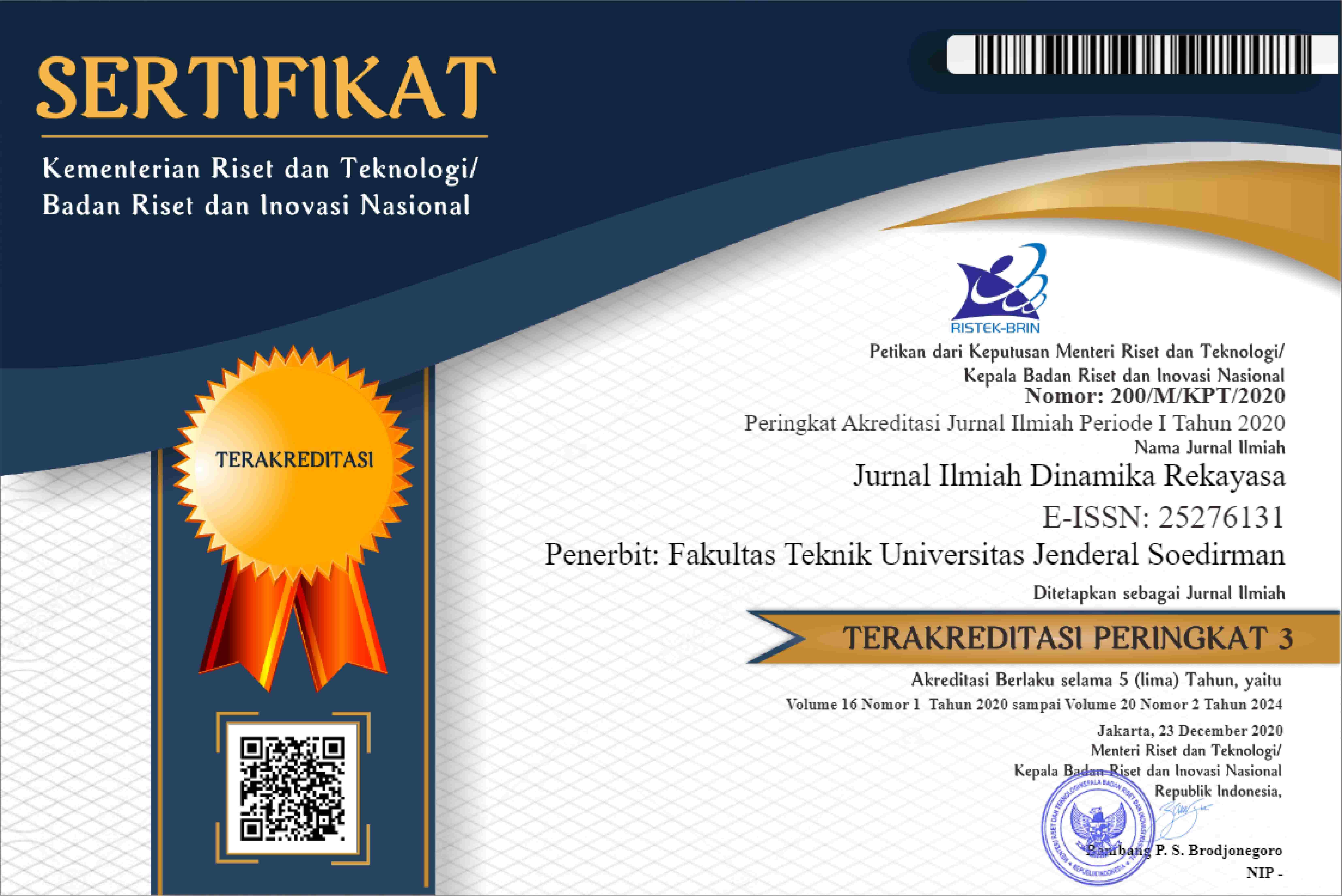The Effect of Plastic Shape in Improving Asphalt Mixture Performance
DOI:
https://doi.org/10.20884/1.jidr.2025.21.1.7Keywords:
Asphalt Modification, Dry Mixing Method, Plastic ShapeAbstract
Indonesia is one of the eight largest plastic waste-producing countries, generating 3.4 million tons annually. Most of this waste remains underutilized and ends up in landfills. A potential solution is incorporating plastic waste into asphalt mixtures to enhance road performance. This method not only reduces plastic waste accumulation but also improves road durability and crack resistance. This study examines the effects of different LDPE plastic forms pellets, shredded, and powder on asphalt performance under optimal plastic content. The dry mixing method was chosen for its ease of field application, where plastic is added to hot aggregates before mixing with hot asphalt. Asphalt with 5% binder was modified using LDPE pellets at 3%, 5%, 7%, and 9%. After determining the optimal plastic content at 9%, further modifications were conducted using shredded and powdered LDPE. Marshall test results showed no significant stability differences among the plastic forms, but LDPE pellets achieved the highest stability, increasing conventional asphalt stability by up to 20% at 5% binder content. The highest flow was also observed in the LDPE pellet mixture, increasing by 0.18 mm. These findings suggest that using LDPE pellets enhances asphalt crack resistance.







